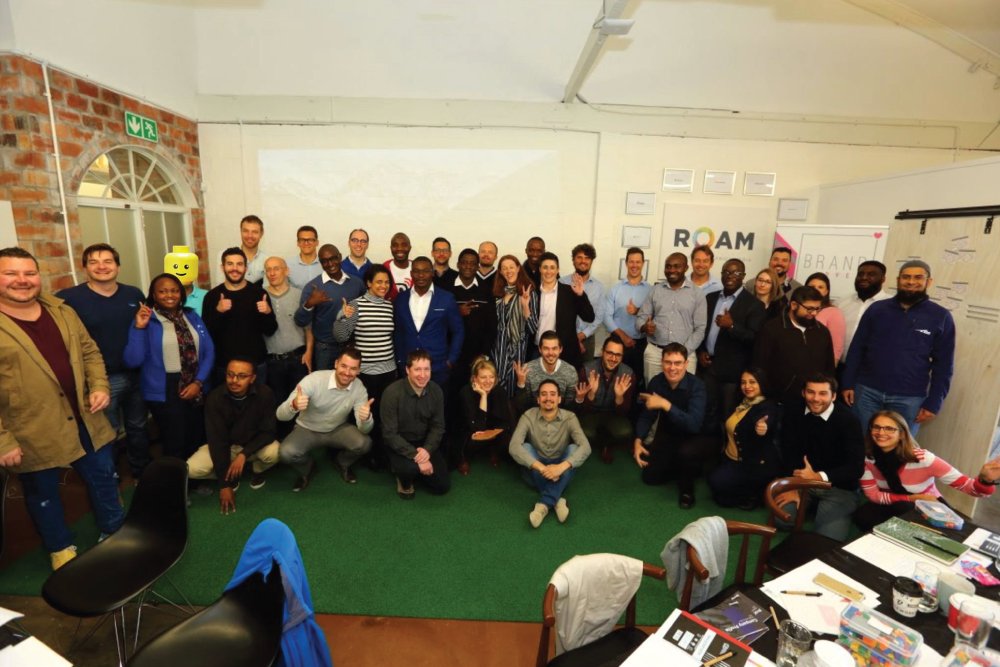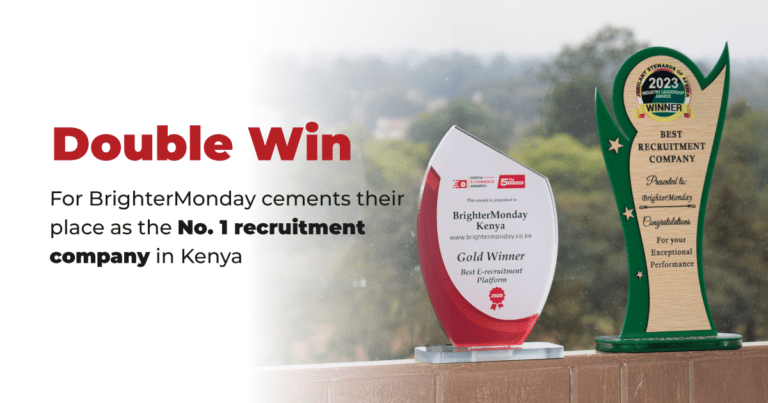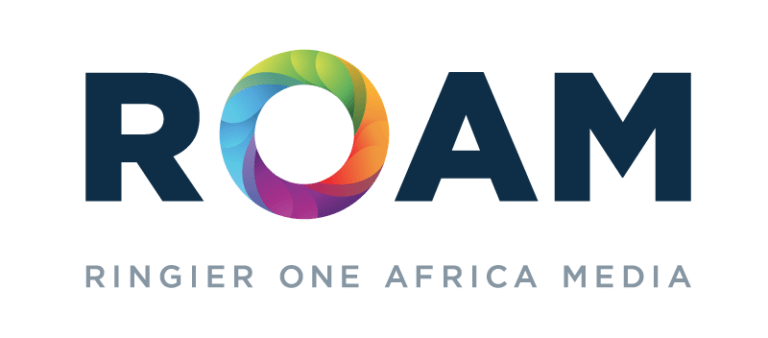This year, ROAM held its first ever Leadership Summit on the 17th – 20th July 2018 at the ROAM HQ in Cape Town, South Africa. The summit brought together C-level executives, Product Managers, Heads of Verticals and UX/UI specialists from all the ROAM businesses across Africa. They had an exhilarating week of knowledge sharing, strategy workshops and planning for the future; with the ultimate goal of aligning to ROAM’s vision to become Africa’s Most User-Centric Marketplace.
ROAM has a number of businesses Connecting Africans to Opportunities in jobs, cars, property and lifestyle categories in 7 African countries. This is why it was crucial for the leaders in these markets to get together, share success stories, and build on enhancing working relationships.
Summit Highlights
1. Group Alignment
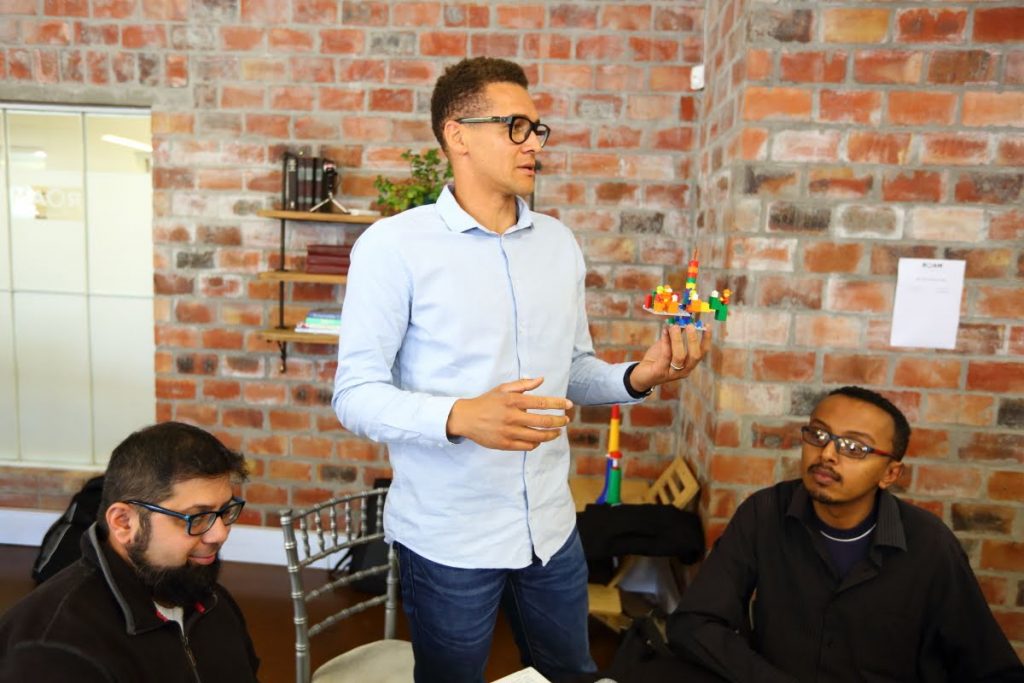
The participants had a joint session whose main aim was group alignment. They split into teams based on the verticals they each belong to i.e jobs, cars, property and horizontals (general classifieds). During this session, participants set vertical based Objectives and Key Results (OKRs) for the next quarter, that were tied to the overall group objectives. They did a SWOT analysis of the businesses and identified potential opportunities for the next quarter.
The OKR session was facilitated by Dominique Jost, the Director of Products for Scout 24, a Ringier owned online marketplace for cars and real estate serving the European market. The participants had the opportunity to glean learnings from their European counterparts who are already using the OKR leadership process to set, communicate and monitor quarterly goals.
The result of this activity was having ROAM leadership aligned to the group’s objectives and carrying forward the OKR methodology into their organisations to drive growth.
2. User Centricity
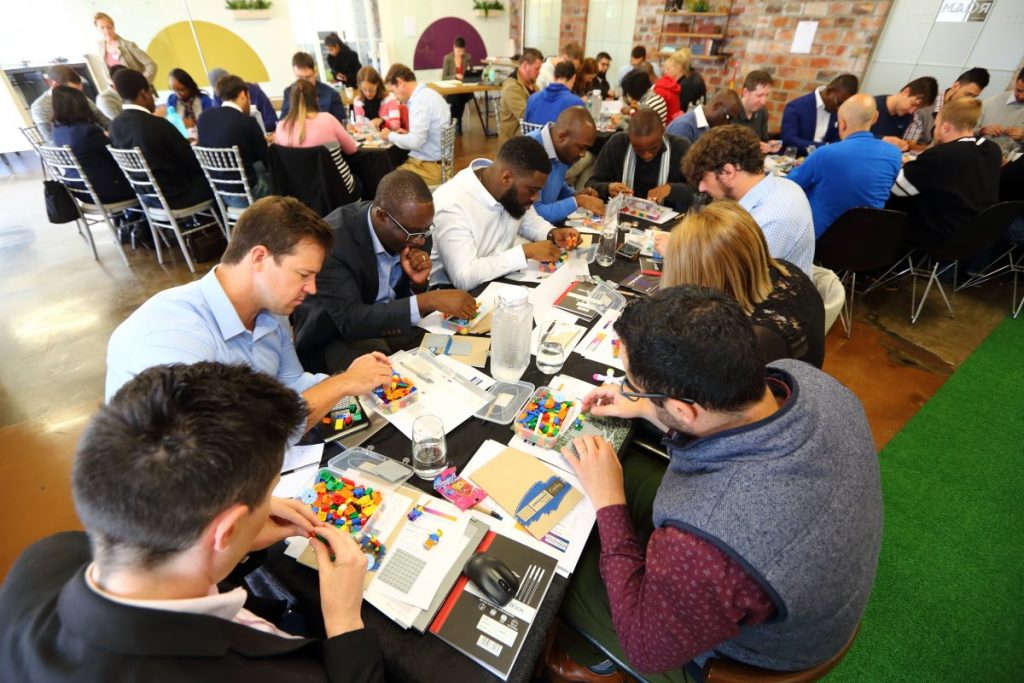
At ROAM user-centricity is vital. It is thus very important for ROAM businesses to assess user needs so that they are efficiently addressed with the solutions offered. This is why the leaders were challenged to think about the end-user they serve.
The teams were tasked, using lego learning techniques, to create their user and delve into who they really are for each of the businesses. This translated into a deeper understanding of their hopes, dreams, struggles and finding out how the businesses fit into their lives. At the end of the session, the participants presented their findings by telling a story about the users.
After understanding who the users were, the teams got into a “toolbox” activity where they shared the tools that were currently being used and what new innovations were relevant to the businesses. The focus here was to come up with tools that could easily be replicated for use at the businesses.
The overall objective of these activities was to understand our users and have clearer insights into their pain points, for better decision making, focused on their needs and goals.
3. Growth Hacking
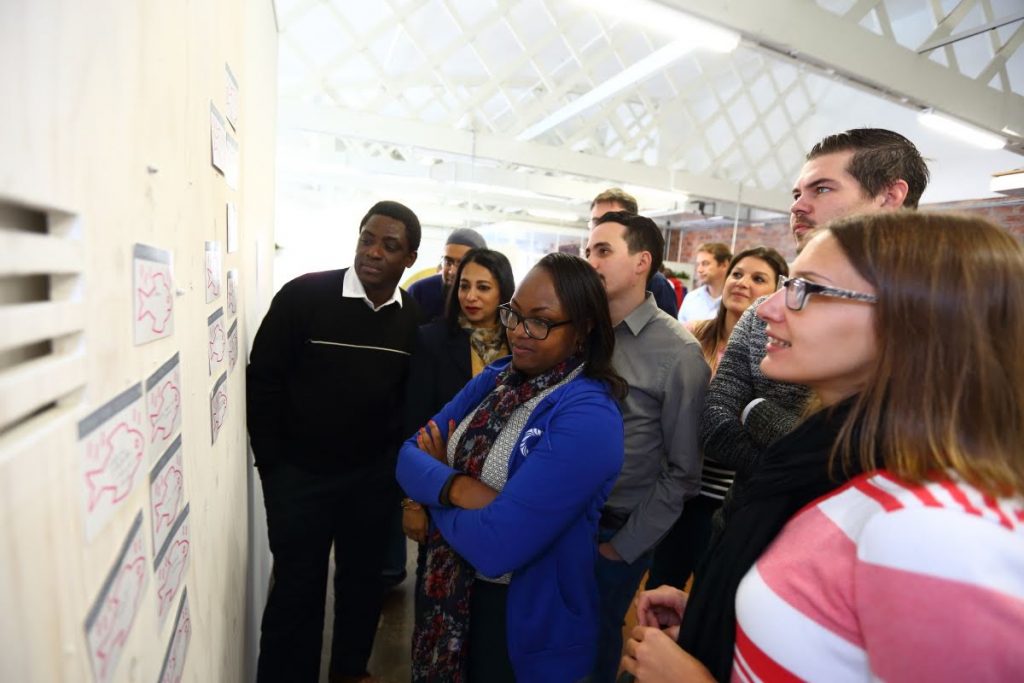
To crown the week, the teams were challenged to put together a no-holds-barred plan (business utopia with no rules and unlimited resources at their disposal) aimed towards achieving growth. Now while these initiatives can fall out the realm of possibility, the ideas and concepts developed during this exercise were invaluable and really gave the participants food for thought.
The team also got into a “stinky fish” session where they shared the fears they face while running the respective businesses. The interesting takeaway here was the similarities shared across businesses and verticals; therefore strategies of dealing with these fears were jointly crafted and agreed upon.
The objective of these activities was to identify and remove barriers that were causing bottlenecks in the businesses. This provided a clear direction for the leaders on what actions to execute towards achieving unprecedented growth.
4. Team Building
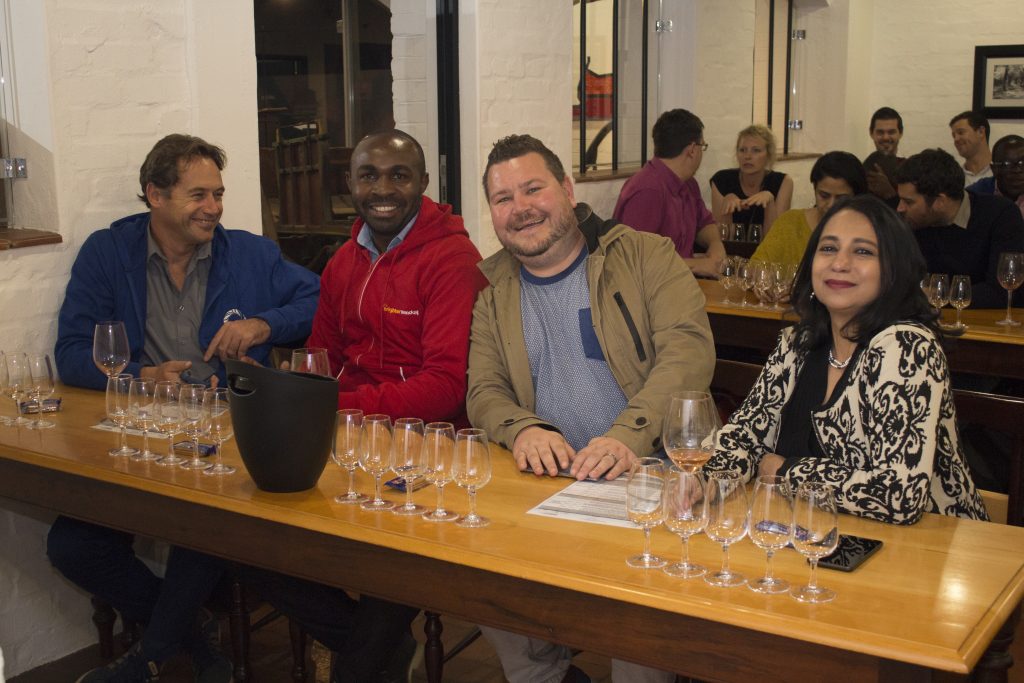
After a long week of strategy sessions, the participants got a chance to get together and bond in a more relaxed environment. They visited the Groot Constantia Winery in Constantia Valley which is the oldest wine estate in South Africa. They got to explore the original Cape Dache Manor House, visited the famed Cloette Cellar (Grand Constance’s birthplace) and the wine and cultural history museum during the tour. They also enjoyed a world class cuisine dinner at the winery and got to excite their palates with different wine flavors during a tasting.
Cheers to a bright future!
